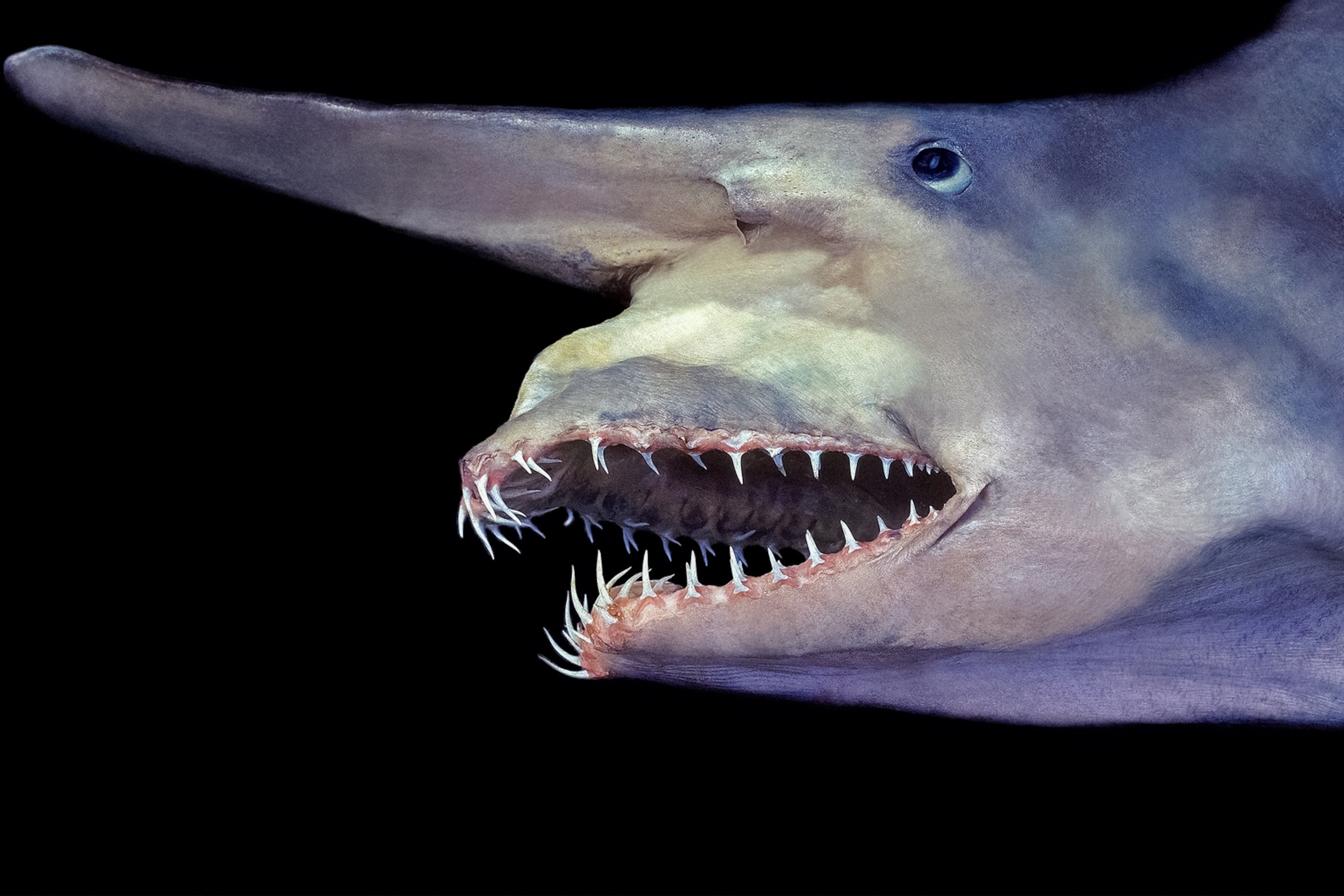Exploring the deep sea is like exploring an entirely different world. It’s a world where sunlight never reaches, and the pressure is crushing. Despite these challenges, scientists have been able to discover and study some of the most fascinating creatures that inhabit the depths of the ocean. In this article, we’ll be discussing the top five deep-sea creatures that have captured our imagination.
1. Giant Squid

One of the most iconic deep-sea creatures is the giant squid. These enormous creatures can grow up to 43 feet in length, making them one of the largest invertebrates on the planet. Giant squid are notoriously difficult to study due to their elusive nature and deep-sea habitat, so much of what we know about them comes from examining the remains of squid that wash up on shore or from observations made by deep-sea submersibles.
Despite this, scientists have been able to uncover some fascinating facts about these mysterious creatures. For example, they have the largest eyes of any animal, which they use to spot prey in the dark depths of the ocean.
2. Viperfish
The viperfish is another fascinating deep-sea creature that has captured the attention of scientists and enthusiasts alike. These fish have long, needle-like teeth that protrude from their mouths, which they use to impale their prey. They also have a bioluminescent photophore on their dorsal fin that they use to lure in prey, making them a formidable predator in the deep sea.
Viperfish are usually found at depths of around 1,500 meters, which makes them difficult to study. However, scientists have been able to gather information about their biology and behavior by examining specimens that have been caught in deep-sea trawls.
3. Goblin Shark

The goblin shark is a strange-looking deep-sea creature that is rarely seen by humans. These sharks have a long, protruding snout that they use to detect prey in the water. When they find a suitable target, they extend their jaws forward to capture it.
Goblin sharks have a unique way of catching their prey, which involves using their highly sensitive ampullae of Lorenzini to detect the electric fields produced by other animals. This allows them to find prey even in complete darkness. Despite their fearsome appearance, goblin sharks are not considered a threat to humans, as they live in such deep waters that encounters with humans are extremely rare.
4. Deep-Sea Dragonfish
The deep-sea dragonfish is a remarkable creature that has evolved some incredible adaptations for life in the deep sea. These fish have large teeth and a protruding lower jaw that they use to capture prey. They also have a bioluminescent organ called a barbel that they use to attract prey.
This organ contains bacteria that produce light, which the fish can use to lure in prey from a distance. Another fascinating adaptation of the deep-sea dragonfish is its ability to produce red light. Most deep-sea creatures are unable to see red light, so by producing it, the dragonfish is able to communicate with other members of its species without alerting potential predators.
Final thoughts
The deep sea is a fascinating and mysterious place, full of incredible creatures that have adapted to survive in one of the most extreme environments on the planet. While the creatures we’ve discussed in this article are just a few of the many deep-sea species, they are some of the most iconic and captivating. Scientists will undoubtedly continue to explore the depths of the ocean and discover even more incredible creatures that inhabit this mysterious world.
Whether it’s the giant squid, the goblin shark, or the deep-sea dragonfish, each of these creatures has unique adaptations that allow them to thrive in the deep sea. As we continue to learn more about these creatures, we can gain a greater appreciation for the diversity and complexity of life on our planet, and perhaps even inspire future generations of scientists to explore and study the deep sea. Sound off in the comments section below, and tell us what you want to read next and if you want to read more about deep sea creatures.

